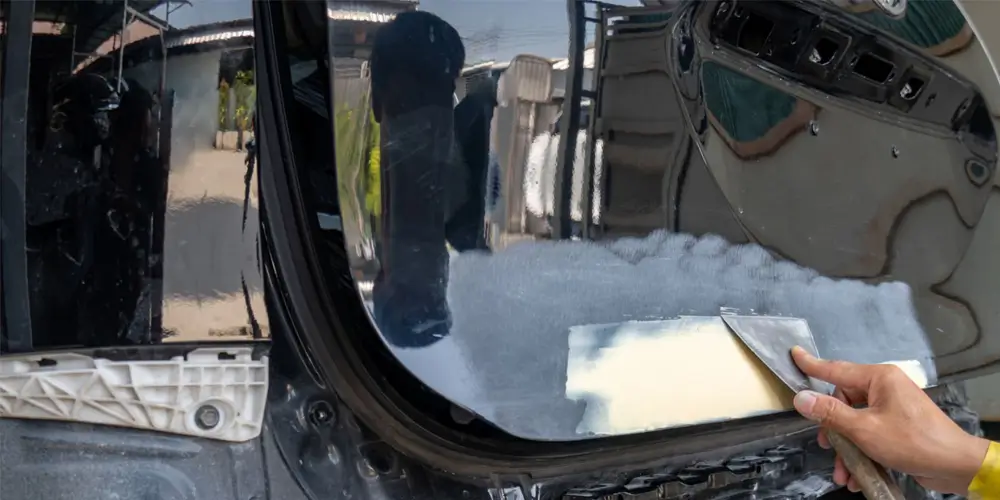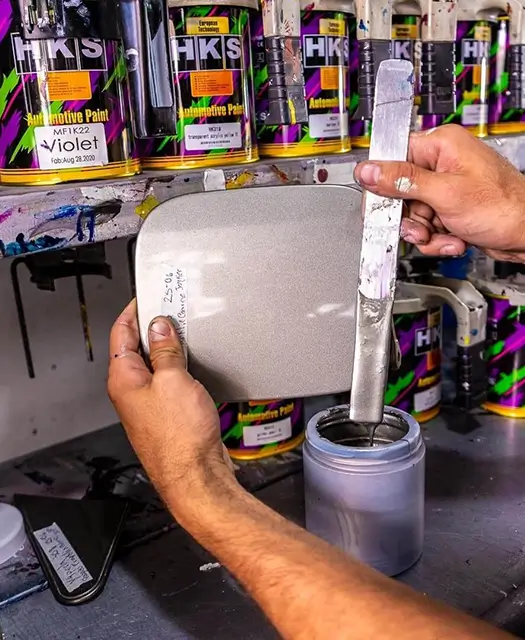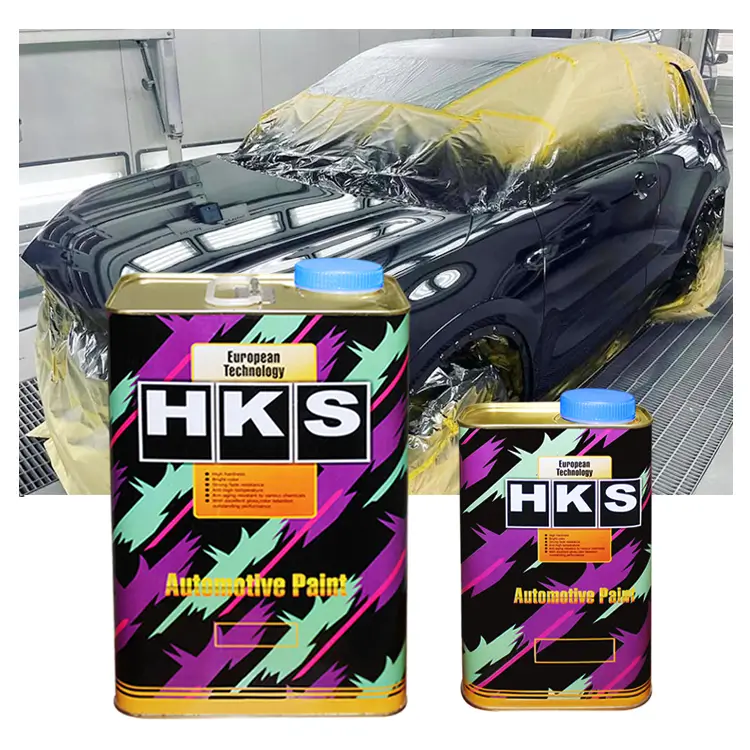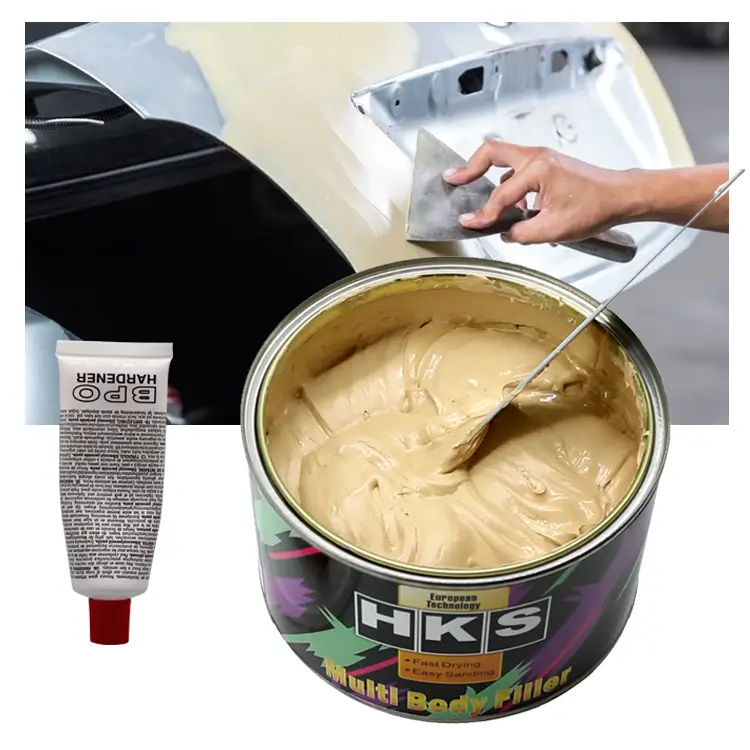
Car Dent Fillers
Car dent fillers, often referred to as car body fillers, play a crucial role in the automotive repair process. As we delve into the world of automotive maintenance, it's essential to understand the science behind these fillers and their significance in restoring a vehicle's appearance. In this comprehensive guide, we explore the basics of car dent fillers, their composition, application methods, and the impact they have on the overall repair process.
What are Car Dent Fillers?
Car dent fillers, also known as automotive body fillers or simply fillers, are specialized repair materials used to address surface imperfections on a vehicle's exterior. These imperfections can include dents, dings, scratches, and other minor damages that affect the appearance of the car. Car dent fillers provide a cost-effective and efficient way to restore the smooth and even surface of the vehicle without the need for extensive panel replacement.
Composition of Car Dent Fillers
The composition of car dent fillers is a carefully engineered blend of various materials to achieve specific properties required for effective repair. The primary components typically include:
1.Polyester Resin: This forms the base of the filler, providing adhesion to the vehicle's surface and flexibility to accommodate the contours of the damaged area.
2.Filler Material: Microspheres, talc, or similar materials are often added to enhance the sanding properties of the filler and reduce its overall weight. These fillers contribute to the texture and workability of the product.
3.Curing Agents: Chemical compounds are included to facilitate the curing or hardening process of the filler. This ensures that the repaired area becomes robust and resilient.
4.Additives: Various additives may be incorporated to improve specific characteristics of the filler, such as adhesion, drying time, or resistance to corrosion.
Application Process
The application of car dent fillers involves several sequential steps:
1.Surface Preparation: The damaged area is cleaned and prepped by removing any loose paint, rust, or debris. This ensures proper adhesion of the filler to the vehicle's surface.
2.Filling: The filler is then applied to the dent or damaged area. Technicians use spatulas or applicators to spread the filler evenly across the surface, filling in the imperfections.
3.Drying and Curing: Once applied, the filler needs sufficient time to dry and cure. The curing process can be accelerated by exposure to air or heat, depending on the specific product.
4.Sanding: After the filler has cured, it is sanded down to create a smooth and even surface. This step is crucial for achieving a seamless integration between the repaired area and the surrounding vehicle surface.
5.Priming and Painting: After sanding, the repaired area is primed to enhance paint adhesion. Subsequently, the vehicle is painted to match its original color, completing the repair process.
Types of Car Dent Fillers
1.Lightweight Fillers: Suitable for minor surface imperfections and scratches.
2.Heavy-Duty Fillers: Designed for more substantial dents and damages.
3.Specialty Fillers: These may include quick-drying fillers, corrosion-resistant fillers, or those with specific features catering to unique repair requirements.
Understanding the composition and application process of car dent fillers is essential for achieving optimal results in automotive repairs. Each type of filler serves a specific purpose, ensuring versatility and efficiency in addressing various levels of damage.
Importance in Automotive Repairs:
1.Cosmetic Restoration:
Car dent fillers play a crucial role in restoring the aesthetic appeal of a vehicle. Surface imperfections like dents and dings can detract from the overall appearance, diminishing the vehicle's resale value and visual appeal. By effectively addressing these issues, car dent fillers contribute to maintaining the pristine look of the vehicle.
2.Cost-Effective Solution:
Compared to more extensive repairs involving panel replacement or repainting, using car dent fillers is a cost-effective solution. It allows both professional technicians and DIY enthusiasts to repair minor damages without breaking the bank. This affordability makes car dent fillers a practical choice for a wide range of consumers.
3.Time Efficiency:
The application process of car dent fillers is relatively quick and straightforward. This expedites the repair timeline, making it a time-efficient solution for both automotive professionals and individuals looking to restore their vehicles promptly. Minimizing downtime is especially crucial in industries where rapid turnaround is essential.
4.Versatility Across Materials:
Car dent fillers are formulated to be versatile, accommodating various materials commonly found in automotive manufacturing. Whether dealing with steel, aluminum, or composite materials, these fillers provide a consistent and reliable solution for repairing surface damages, contributing to their widespread use in the automotive repair industry.
5.Avoidance of Extensive Repairs:
Car dent fillers help avoid the need for more invasive repair procedures. Traditional methods such as panel replacement or extensive bodywork can be time-consuming and expensive. Car dent fillers offer a non-intrusive alternative, allowing for efficient repairs while preserving the original structure of the vehicle.
6.User-Friendly Application:
The application process of car dent fillers is designed to be user-friendly, making it accessible to both professionals and DIY enthusiasts. The ease of use ensures that individuals with varying skill levels can achieve satisfactory results, encouraging broader adoption in the automotive repair community.
7.Contribution to Vehicle Longevity:
By addressing and repairing surface damages promptly, car dent fillers contribute to the longevity of a vehicle. Preventing rust and corrosion from developing in exposed areas helps maintain the structural integrity of the car, ultimately extending its overall lifespan.
In summary, the importance of car dent fillers in automotive repairs lies in their ability to provide an efficient, cost-effective, and visually appealing solution for addressing minor surface imperfections. Whether used by professionals in a repair shop or by car owners engaging in DIY projects, car dent fillers have become an integral component of the modern approach to vehicle maintenance and aesthetic restoration.
Conclusion
In conclusion, car dent fillers are essential tools in the world of automotive repair, providing a practical and economical solution for addressing surface imperfections. Understanding their composition, application methods, and versatility allows us to appreciate the significant role they play in restoring and maintaining the appearance of our vehicles. Whether you're a seasoned technician or a car enthusiast, a basic knowledge of car dent fillers can empower you to make informed decisions when it comes to vehicle maintenance and repair.

Source of this article:https://www.supersybon.com
Get to know us through more channels:




